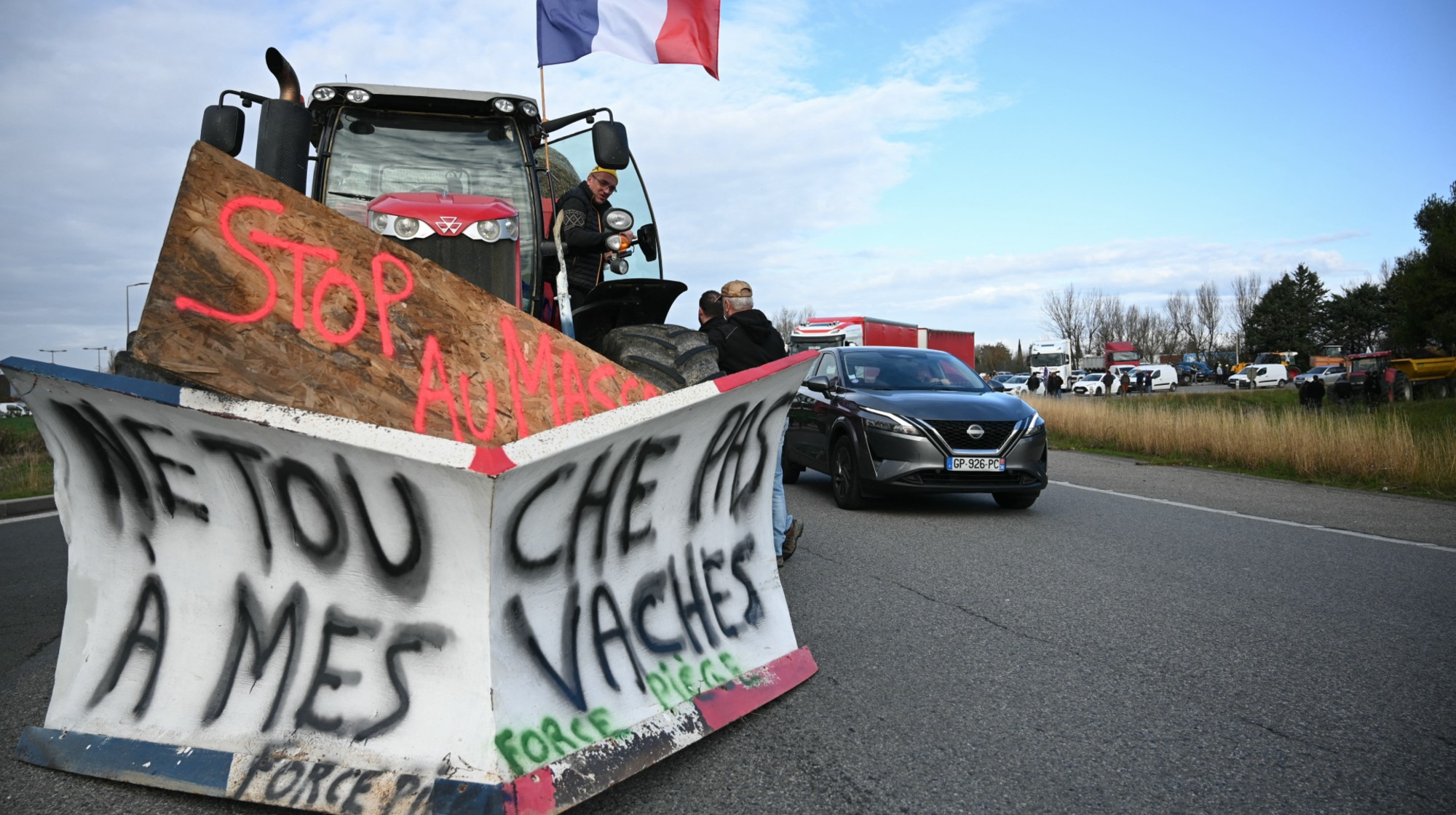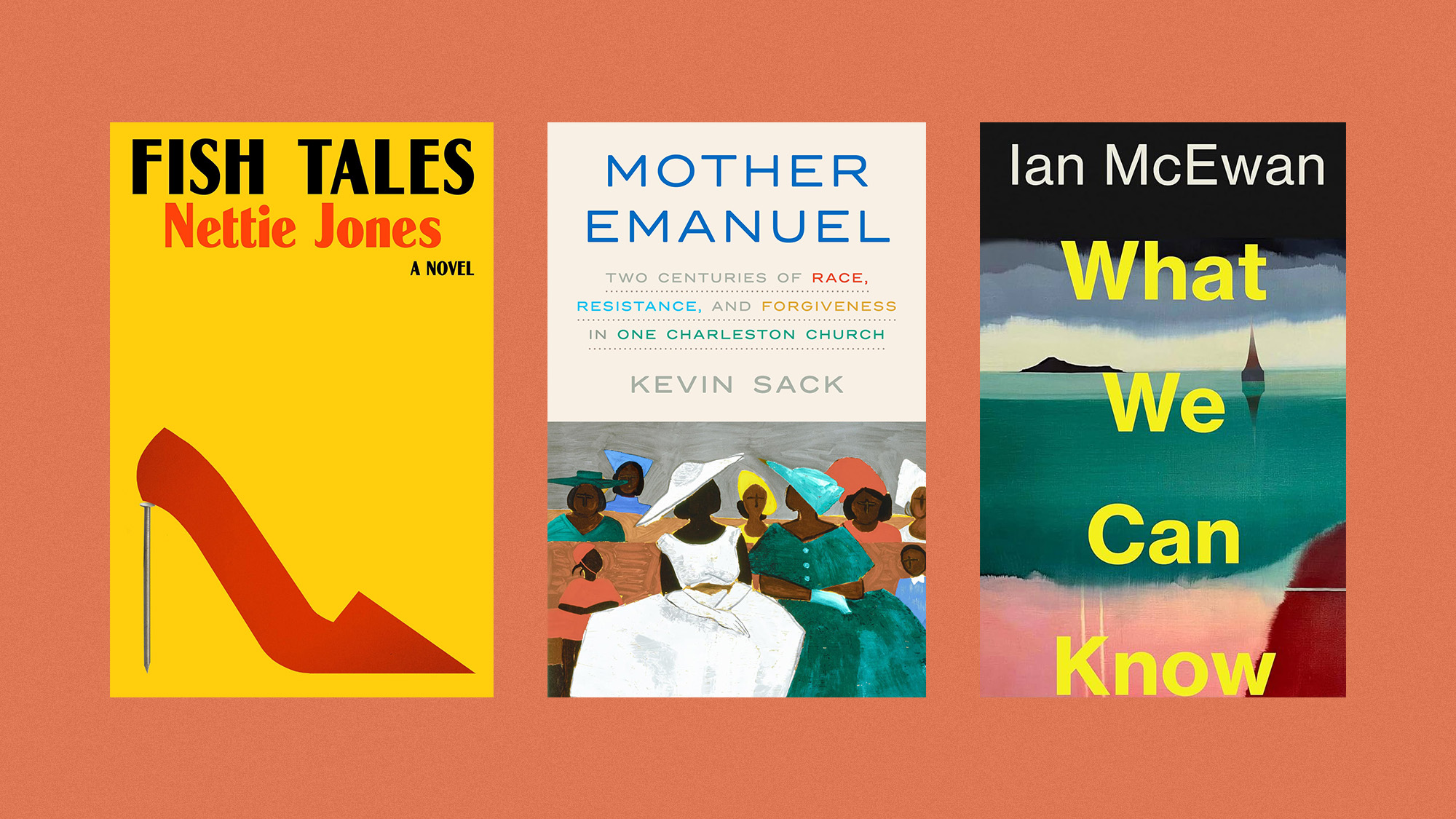Review of reviews: Art
Phantom Sightings: Art After the Chicano MovementLos Angeles County Museum of Art
Phantom Sightings: Art After the Chicano Movement
Los Angeles County Museum of Art
Through Sept. 1
The Week
Escape your echo chamber. Get the facts behind the news, plus analysis from multiple perspectives.

Sign up for The Week's Free Newsletters
From our morning news briefing to a weekly Good News Newsletter, get the best of The Week delivered directly to your inbox.
From our morning news briefing to a weekly Good News Newsletter, get the best of The Week delivered directly to your inbox.
In 1972, four young Mexican-American artists sneaked up to the facade of the Los Angeles County Museum of Art and spray-painted their names on it. With this act of desecration, said Christopher Knight in the Los Angeles Times, the collective known as Asco was protesting the exclusion of Chicano voices. The four also meant to claim “the art museum and everything in it, regardless of global origin, as their own cultural inheritance.” Almost four decades later, LACMA has welcomed Asco inside. This 120-work retrospective begins with works by those four artists, who forged an art scene “with an eye toward articulation of Mexican-American experience.” But most of the paintings, photographs, and sculptures on display here are of a more recent vintage. They suggest that, “a full generation later,” Chicano artists no longer define themselves solely by their ethnicity.
This “impressive show” is not the by-the-numbers display of identity politics you might expect, said Christopher Miles in the LA Weekly. Certainly there are works that reflect Mexican-American subject matter: Carolyn Castaño’s hyperactively decorative portraits, for instance, suggest an “ethnically flaired postpsychedelic disco cartoon telenovela.” But most of the artists here seem content to go their own way. Margarita Cabrera creates “sewn soft replicas of hard goods ranging from blenders to Hummers.” Ruben Ochoa has draped a freeway divider wall with an enormous digital photograph that made it seem to disappear. The curators occasionally attempt to force some common denominators onto the widely diverse works. But the exuberant and idiosyncratic creativity of these artists “trumps any grafted-on themes.” The end result suggests there may no longer be any such thing as a Chicano aesthetic—and that’s a good thing.
A free daily email with the biggest news stories of the day – and the best features from TheWeek.com
-
 Received a gift card this holiday season? Here’s how to maximize it.
Received a gift card this holiday season? Here’s how to maximize it.The Explainer Make the most of your present
-
 ‘Lumpy skin’ protests intensify across France as farmers fight cull
‘Lumpy skin’ protests intensify across France as farmers fight cullIN THE SPOTLIGHT A bovine outbreak coupled with ongoing governmental frustrations is causing major problems for French civil society
-
 The best books of 2025
The best books of 2025The Week Recommends A deep dive into the site of a mass shooting, a new release from the author of ‘Atonement’ and more
-
If/Then
feature Tony-winning Idina Menzel “looks and sounds sensational” in a role tailored to her talents.
-
Rocky
feature It’s a wonder that this Rocky ever reaches the top of the steps.
-
Love and Information
feature Leave it to Caryl Churchill to create a play that “so ingeniously mirrors our age of the splintered attention span.”
-
The Bridges of Madison County
feature Jason Robert Brown’s “richly melodic” score is “one of Broadway’s best in the last decade.”
-
Outside Mullingar
feature John Patrick Shanley’s “charmer of a play” isn’t for cynics.
-
The Night Alive
feature Conor McPherson “has a singular gift for making the ordinary glow with an extra dimension.”
-
No Man’s Land
feature The futility of all conversation has been, paradoxically, the subject of “some of the best dialogue ever written.”
-
The Commons of Pensacola
feature Stage and screen actress Amanda Peet's playwriting debut is a “witty and affecting” domestic drama.